Subscribe to the Newsletter
Your cart is empty
Shop now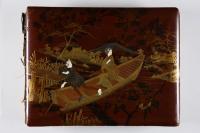
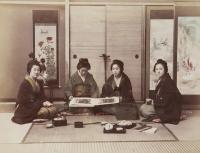
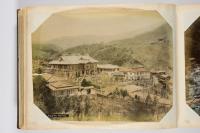
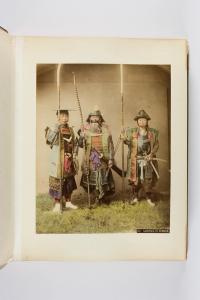
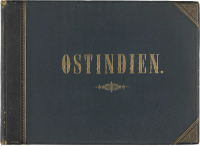
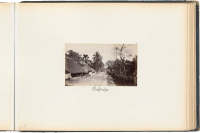
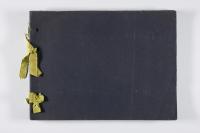
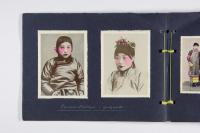
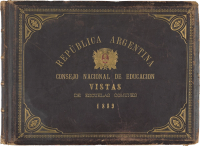
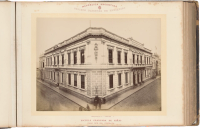
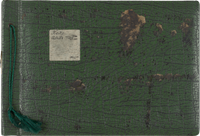
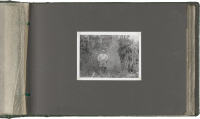
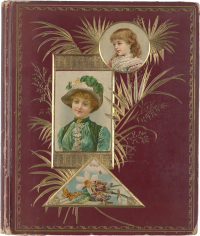
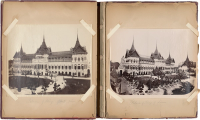
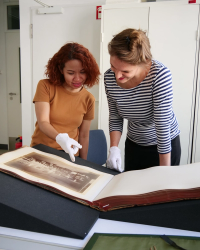















Between personal and collective histories: The new fellowship "Artists on Photography" by the Münchner Stadtmuseum
A new fellowship at the Photography Collection of the Münchner Stadtmuseum invites researchers to dive into the municipal museum’s holdings
“Artists on Photography” is a new annual fellowship at the Münchner Stadtmuseum, initiated in 2024 by Dr. Kathrin Schönegg, Head of the Photography Department. Each year, the program invites one artist and one researcher to dive into the museum’s holdings and respond from a contemporary, critical perspective.
The first edition, made possible by the Alexander Tutsek-Stiftung, focuses on non-European travel and souvenir albums from the 19th and early 20th centuries. Compiled mostly by European travelers, emigrants, and photographers, these albums document journeys to China, Japan, Thailand, India, Egypt, South Africa, and Argentina – often through a colonial or Eurocentric lens. Yet within them are also photographs made by local studios and photographers, offering alternative perspectives that disrupt and complicate these dominant narratives. Many of the photographs were produced on commission or by amateurs, while others were mass-produced by local studios specifically for visiting travelers. Brought back to Europe as souvenirs, these albums circulated widely, shaping how people imagined far-off places. Today, they occupy a fascinating in-between space: part personal memory, part institutional archive, and part art historical artifact.
This year’s fellowship asks: how were these albums distributed, who had the means and access to travel, and what visual narratives did they construct? And how do those narratives persist – or reappear today, even through new technologies like AI? To explore these questions, the museum invited two fellows: artist Lilly Lulay, based in Frankfurt, and art historian Eksuda Singhalampong, based in Bangkok. Lulay works at the intersection of photography, sculpture, and media theory, often transforming images into three-dimensional objects. Singhalampong, who earned her PhD at the University of Sussex and teaches at Silpakorn University, focuses on colonial and postcolonial visual culture in Southeast Asia, with a particular emphasis on Thailand and the role of photography in modernization. Their artistic and scientific outcomes, together with an overview of the non-European albums from the Münchner Stadtmuseum’s Photography Collection, will be published in 2026 by Spector Books. An exhibition presenting the artistic work is also planned for the same year.
Esra Klein (Curatorial Fellow at the Alfried Krupp von Bohlen und Halbach Stiftung) spoke with both fellows about their approaches, the challenges they’ve encountered, and where their research has taken them so far.
Esra Klein: The travel and souvenir albums that you are working with date back to the late 19th and early 20th centuries. What made you decide to revisit these images of the past, and what drew you to apply for the fellowship?
Lilly Lulay: Looking back at the past helps us to understand the present better. When I first saw the call, I was captivated by a page of an album with hand-coloured photos and bright pink accents. The attempt to make black-and-white pictures 'more real' instantly reminded me of today's hyper-realistic AI imagery. Landscape views and staged photographs of people in photo studios were common, meaning that every element depicted was carefully selected and arranged. The same applies to AI-generated images, in which scenes are composed of image elements based on photos – selected either by the AI or by the user via a prompt.
Eksuda Singhalampong: Revisiting historical travel and souvenir albums can provide an in-depth glimpse into the past, offering more than just simple facts. They provide a unique perspective through which to explore history, revealing more than just “who did what, when and where”. These images can be interpreted and reinterpreted in different ways by different audiences at different times. My interest in this topic stems from two perspectives: my background in art history and my Thai heritage. The opportunity to trace the journey of a specific Thai album in the collection, which once belonged to an American missionary and is now part of a permanent collection at a municipal museum in Munich, and to re-examine its relationship to the collector, is a compelling prospect and would contribute a new perspective to its story.
EK: You are currently in the middle of your fellowship. Could you describe the current stage of your work? Have you already envisaged the outcome of your project?
ES: I am currently in the research and analysis phase of my project, ensuring the historical accuracy and context of the photographs I am studying. I am also exploring the popularity of certain photographs and how they were circulated or acquired by other European and American travellers, in order to gain fresh insight into the perspective of the owner of the souvenir album. This has led me to an exciting recent discovery. I have been able to identify the previously unnamed American missionary who originally owned the album. Thanks to the invaluable information provided by the Photography Collection team, I can now envisage the outcome of my project, which will focus on this newly identified collector.
LL: I’m still exploring various approaches. One approach involves using the textual metadata of an image from the museum’s collection, such as handwritten notes, captions and taxonomic information, to generate new 'photographs' with ChatGPT. The vagueness of the metadata forces the AI to construct most of the image elements imaginatively and thus expose its built-in biases. Another experiment uses AI style transfer to reinterpret 19th-century studio photographs. Some elements in the original photographs are consistently recognised and re-rendered by the AI, while others disappear. I then extract and rearrange the AI-generated props onto a page from a catalogue of studio equipment, which was published in various editions from 1887 onwards. Instead of fake palm trees, papier-mâché stones and pedestals, one now finds studio props such as paravents, fans and mirrors, all of which are AI-generated.
EK: The photography collection in the archive contains a large quantity of material that is also very diverse. How did you approach narrowing your focus and developing your ideas into a final piece of work or research?
LL: I originally planned to compare hand-coloured photographs from different countries, but I ended up working mainly with albums from Japan. These were often artistically hand-coloured due to the tradition of woodblock printing. Upon closer inspection, I discovered a thriving export market from the late 19th century that distributed thousands of Japanese souvenir prints worldwide – an early form of global image circulation. Contrary to what one might expect, Japanese photo studios did not document the new technologies that had emerged since the country's opening and modernisation in 1853. Instead, they offered nostalgic scenes featuring geishas, samurais, temples, and landscapes. This repertoire was aimed at foreign travellers and depicted an old Japan that was already disappearing. Like generative AI, the collective visual image of Japan was built on nostalgic and unrealistic images of the past.
ES: As I mentioned earlier, I was captivated by the Thailand album in the archive, which features two photographic portraits of King Chulalongkorn, who reigned from 1868 to 1910. This inspired me to base my research proposal on the practice of collecting portraits of famous individuals and the concept of celebrity culture in the late 19th century. I expect the outcome of the research to reveal not only an analysis of the role of portraiture in shaping late 19^(th)-century celebrity culture, but also an interpretation of the act of collecting as a deeply personal form of memory. Ultimately, the Thailand album will be revealed to be more than just a collection of images: it is a curated narrative of the collector’s experiences and connections in Thailand.
EK: What obstacles or unexpected findings did you encounter while conducting your research in the archive, and how did these impact your approach?
ES: One of the most unexpected findings was the gender aspect. Initially, this issue was not included in my research proposal. It was only during my visit to the archive in Munich that I came across evidence of the collector’s femininity. While this finding did not drastically alter my approach to the research project, it did sharpen my research questions and clarify the core arguments of my work. My aim is to produce a comprehensive study detailing not only the photographs themselves, but also their place within the personal journey and cultural context of their original owner.
LL: For me a pivotal moment came during a conversation with the museum's conservator: in the 1860s, natural dyes were replaced by vibrant, inexpensive aniline dyes, which revolutionized both photography and the textile industry. Since I often work with fabrics – and Frankfurt, my hometown, was a center of aniline production – this opened a new path. My research now combines 19th-century photography, today's AI images and the history of colors in textiles, which I want to integrate through embroidery, dyeing or printing techniques.